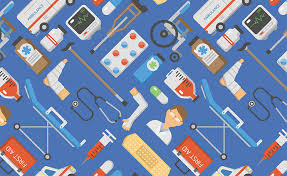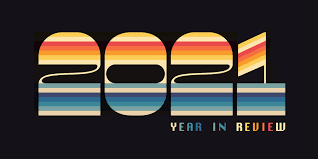Nuance Audio is a new option for people who resist traditional aids, from the company that makes Ray-Bans and operates LensCrafters.
Seekers of Meaning Podcast Posted Online March 7, 2025
What's Next Longevity Deal Talk Episode 32, January, 2025
Presentation: What's Next Longevity Venture Summit, June, 2025

 Why should home care agencies boost awareness of remote monitoring? Both types of monitoring are increasingly likely to be found by home care professionals entering a new care recipient’s home. The objective of these
Why should home care agencies boost awareness of remote monitoring? Both types of monitoring are increasingly likely to be found by home care professionals entering a new care recipient’s home. The objective of these  As 2022 begins, the oldest baby boomer turns 76. As the population aged 65+ exceed 54 million, trends emerge. Because of the sheer size of the older adult market, and the wealth of baby boomers, vendors increasingly see them as constituents for new offerings. The pace of innovation is accelerating, driven by older adult changing needs, shortage of care workers, investor interest and of course. Considering the recent
As 2022 begins, the oldest baby boomer turns 76. As the population aged 65+ exceed 54 million, trends emerge. Because of the sheer size of the older adult market, and the wealth of baby boomers, vendors increasingly see them as constituents for new offerings. The pace of innovation is accelerating, driven by older adult changing needs, shortage of care workers, investor interest and of course. Considering the recent  For tech and older adults, the year 2021 was pivotal. It was the year of age-tech gaining AARP visibility as
For tech and older adults, the year 2021 was pivotal. It was the year of age-tech gaining AARP visibility as What could have happened in the home care industry didn’t.
What could have happened in the home care industry didn’t.